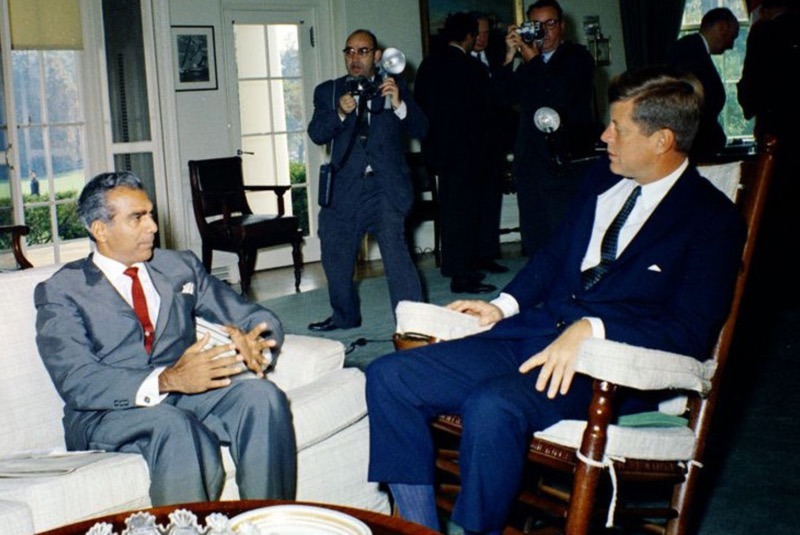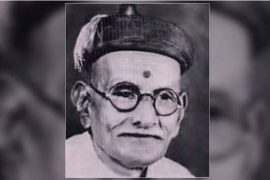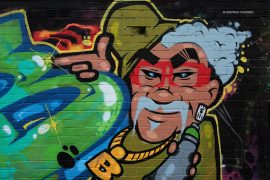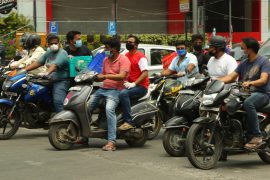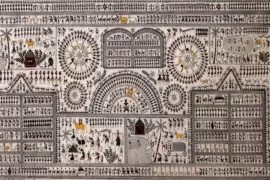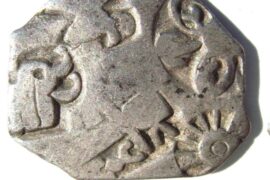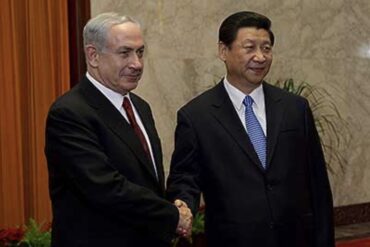Cheddi Jagan’s life was a testament to the tumultuous intersection of politics, ideology, and imperialism, a saga that spanned decades and shaped the very course of his homeland, Guyana. Born in 1918 into a society defined by the harsh realities of colonial exploitation, Jagan rose from the sugar plantations of British Guyana to become one of the most significant and controversial political figures in the history of the Caribbean.
Jagan’s early years on the sugar plantations instilled in him a deep awareness of social and economic inequality. His family, part of the Indo-Guyanese community that laboured in the fields, lived under the oppressive control of the British colonial rulers and their local elites.
Copyright©Madras Courier, All Rights Reserved. You may share using our article tools. Please don't cut articles from madrascourier.com and redistribute by email, post to the web, mobile phone or social media.Please send in your feed back and comments to [email protected]

